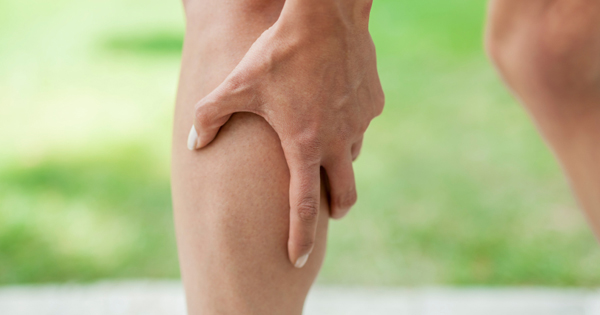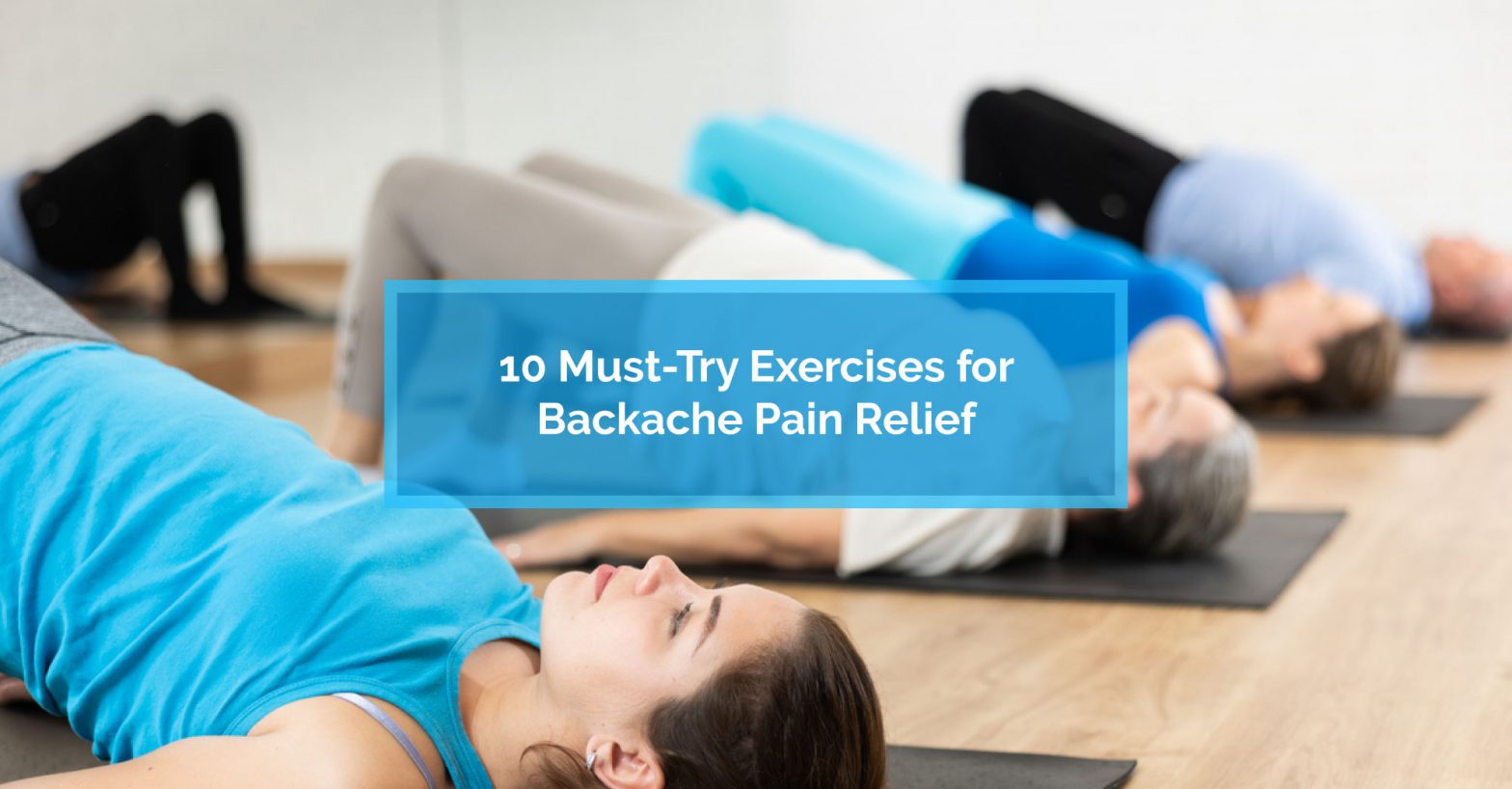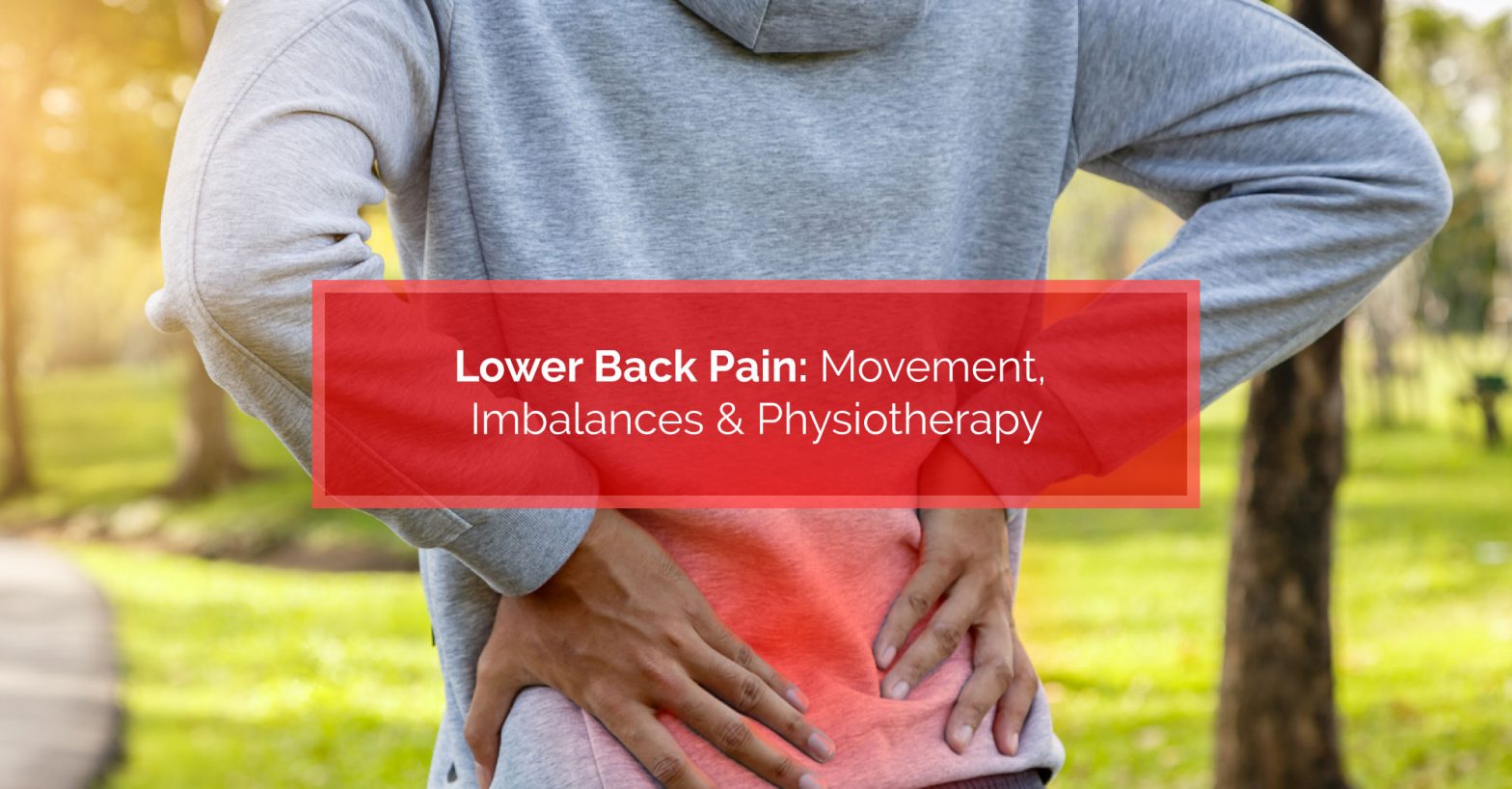10 Must-Try Exercises for Backache Pain Relief...
Key Highlights: Backache pain is a common issue that can…
Read More
Posted by Dr. Scott Wilson | 27-Mar-2015
Muscle cramps are painful and can make living your daily life difficult. They are also quite common, meaning that most people will experience them at some point in their lives. But what is a muscle cramp and what can you do to avoid them? Here’s what you need to know:
If you’ve been having trouble with muscle cramps and need help dealing with them, don’t hesitate to give us a call. Remember, at Physiomed…Healther Starts Here.

Key Highlights: Backache pain is a common issue that can…
Read More
Key Highlights: Neck pain can be caused by various factors…
Read More
Lower back pain is a common health concern that affects…
Read More
When it comes to weight loss, many people focus solely…
Read More
Stress has become an increasingly common and often overwhelming experience…
Read More
Sciatica pain is a common complaint that affects many people…
Read More